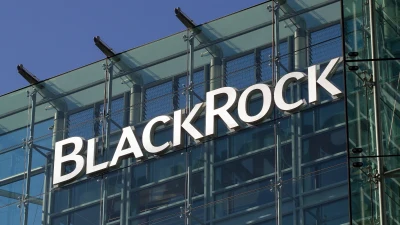Fixed interest confusion leading planners away from sector



Fixed interest investments have been squeezed out of the consciousness of planners since the early 2000s, with some now mistakenly bundling any bond or cash product into the asset class.
This has led some planners to see term deposits and hybrid securities as fixed interest vehicles and potentially taking on downside risk in a portfolio, according to Altius Asset Management senior portfolio manager Chris Dickman.
According to Dickman, the current low interest rates have raised concerns among planners that any rate rise could create losses in bonds and fixed interest investments, but this was dependent on where planners were placing client investments.
"While planners are looking for fixed interest as a diversifier when equities fall, the question is which manager and which strategy is right? Term deposits and hybrid securities are not fixed interest assets," Dickman said.
"In the past fixed interest managers tended to be index-aware and benchmark-relative, which could lead to losses when rates climbed quickly, as they did in 1994," Dickman said.
"However managers now are more diverse and have moved away from relative return to absolute return, which supplies a return of cash at a minimum plus any upside available from investing in fixed interest assets."
He said the term ‘absolute return' leads people to think of hedge fund-style investing, but in fixed interest this does not imply risky investing but rather not being bound to the benchmark.
Dickman said that while term deposits and hybrid securities were useful investment strategies when used appropriately, they should not be considered fixed interest vehicles.
"A hybrid security pays a coupon like a bond but it performs like an equity investment, while term deposits can't match the market and have to be broken to useful," Dickman said.
Recommended for you
BlackRock Australia plans to launch a Bitcoin ETF later this month, wrapping the firm’s US-listed version which is US$85 billion in size.
Financial advisers have expressed concern about the impact including private market exposure is having on their tracking error budget, according to MSCI.
State Street will restrict its membership of global climate alliance Net Zero Asset Managers after the organisation dropped its flagship 2050 goals amid ESG backlash from the US.
Betashares has launched a global shares and a global infrastructure ETF as part of the firm’s strategic expansion strategy to support financial advisers in building more diversified portfolios.











